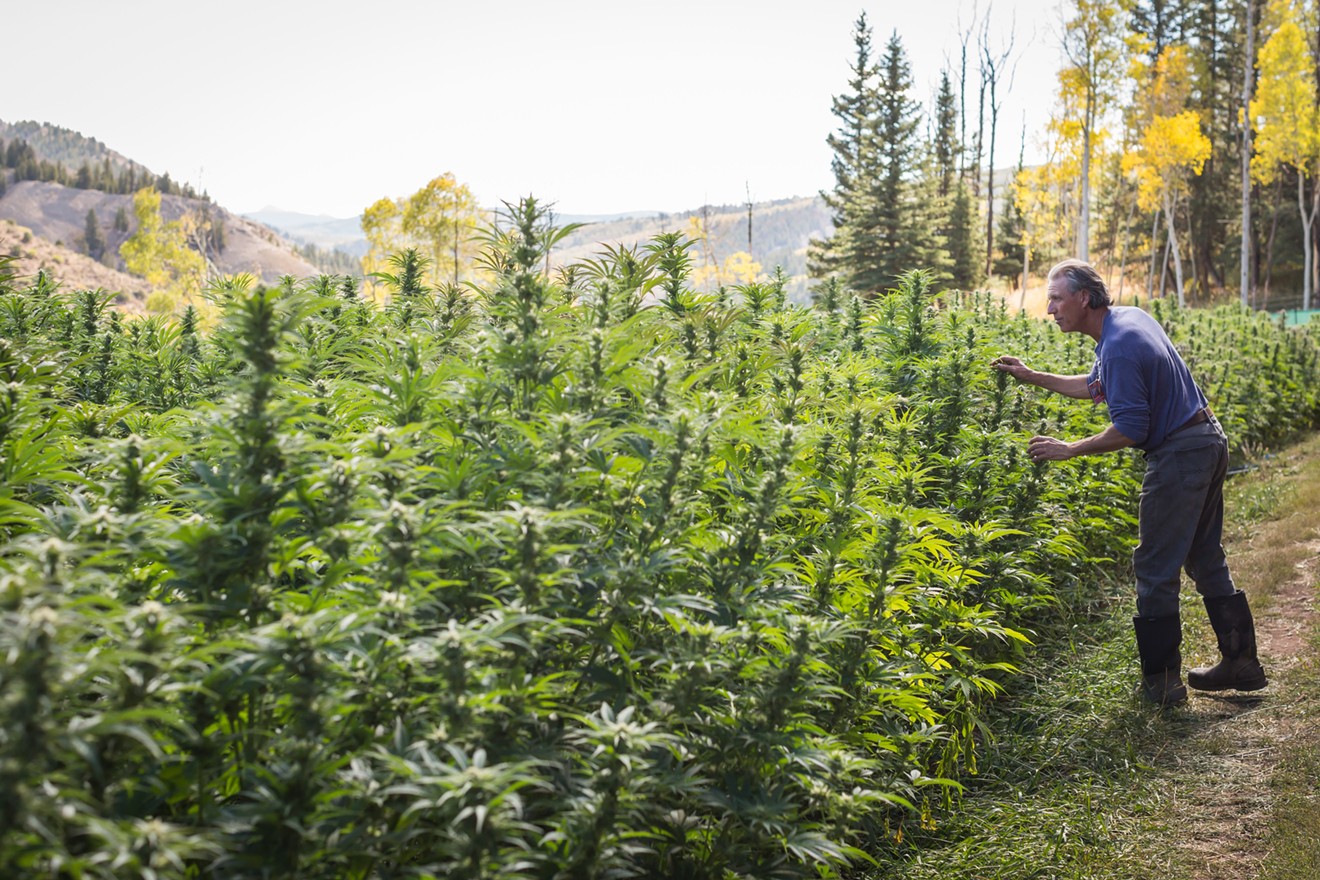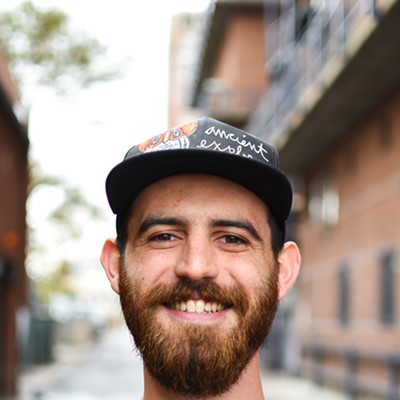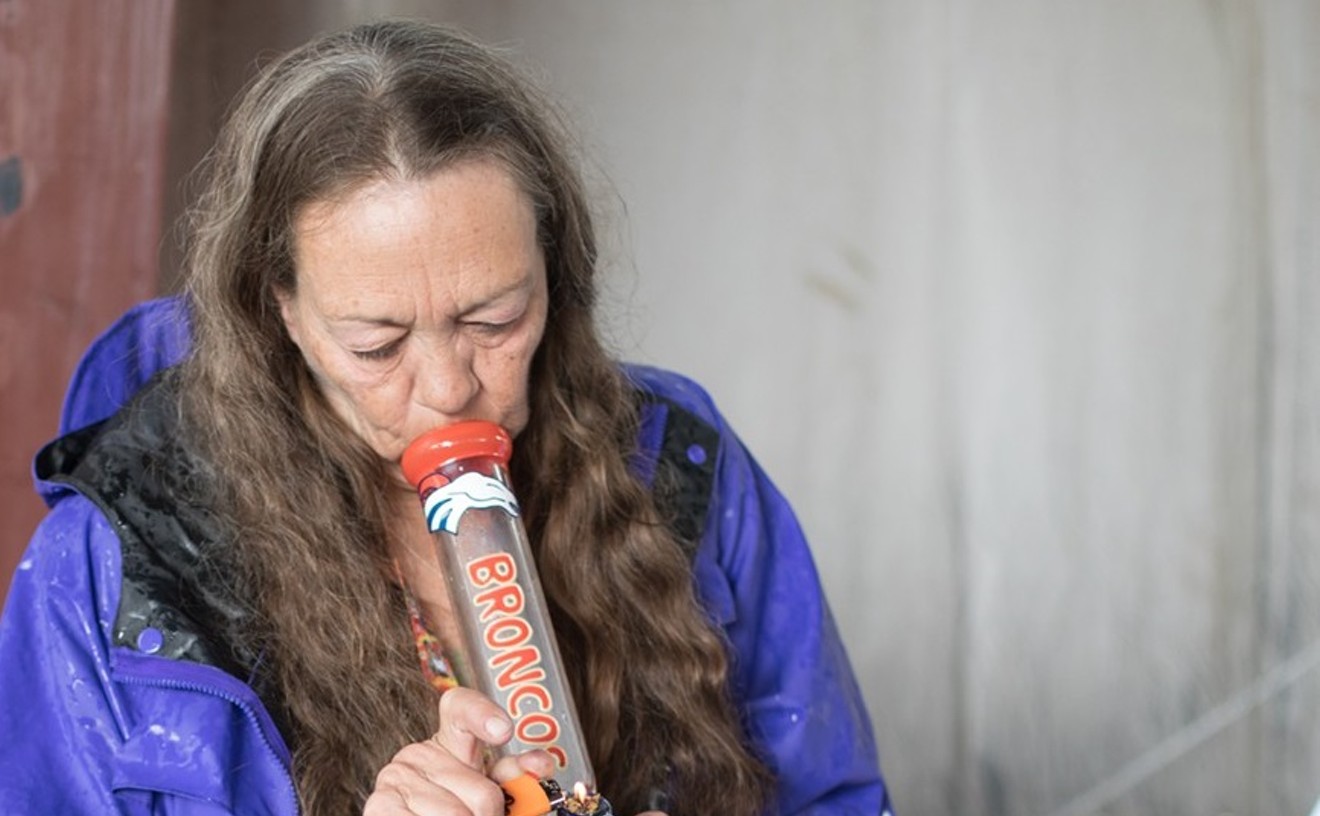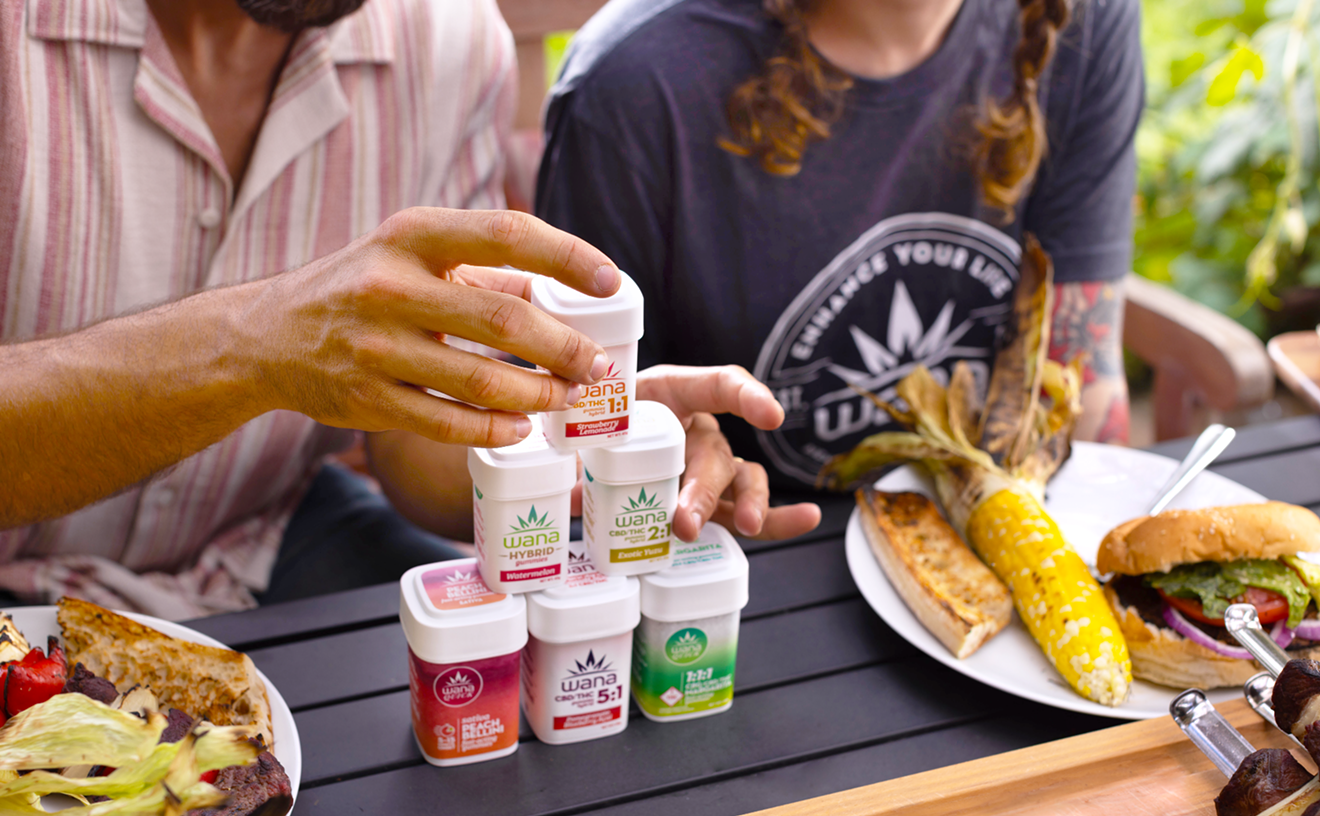Rob Trotter didn’t see the same obstacles that most hydroponic-loving cultivators do when he decided to start a commercial cannabis grow on his ranch in Eagle County, a few miles outside of the town of Gypsum. To be blunt, he can’t see much of anything these days: Trotter is 85 percent blind, having developed retinitis pigmentosa in his twenties; the degenerative eye disease damaged his retina, changing how it responds to light.
“I’m strangely aware of other things,” he says. “I have to focus on other senses. In this case, I think it’s a gift.”
His deteriorating eyesight didn’t stop Trotter from building a 27-year career in real estate, herding cattle, growing hay or raising a family — so how much harder could growing cannabis be? As I headed to his ranch in early October, right after ten inches of snow had fallen on the grow, I wondered if Rob’s optimism might have finally begun to wane.

Rob Trotter has about 15 percent of his vision left, but both of his nostrils still work.
Jake Holschuh
Trotter and his wife, Linda, have been growing commercially for three years, always looking for new, carbon-free ways to improve their cannabis yields, stalk strength and potency. They now sell twelve commercial strains of flower as well as a variety of pre-filled vaporizer cartridges of CO2 hash oil and distillate. Although neither had any experience with the plant before Colorado legalized adult-use cannabis growing in 2012, they had other experience that came in handy. “We know this ranch — we’ve owned it for 25 years,” Linda says. “That’s the most important thing to know.”
The Trotters recently branded their grow Pot Zero, to recognize that it’s a sustainable, completely carbon-free cannabis cultivation. Taking advantage of natural water from a nearby creek, minerals that come down from the cliffs into that creek, cattle manure to fertilize the soil and an increase in ultraviolet rays at 8,200 feet, they’ve laid the foundation for one of the pot industry’s most unique production lines. Nematodes are added to the gypsum-filled water to combat pest larvae; hundreds of thousands of ladybugs are brought in to eat aphids and indigenous pholcidae (daddy long legs) fight off a number of other pot-eating bugs. Beetle kill — chewed debris left by beetles after they’ve gnawed on pine trees — is used to heat the shacks while the buds dry, and fans powered by a hydroelectric pump keep the frost away during growing season.
“I was inside a home grow, and I noticed all of the fans, lights and heating, and I couldn’t help but think, ‘God, that’s a lot of energy. Why isn’t this farmed outside?’” Rob says. “We’re not allowed to use the word ‘organic’ here, because that word is federally regulated. But we’re more than organic. We’re bio-dynamic.” In fact, the Trotters have been living off the grid for 24 years, thanks to the hydroelectric power from the same stream they use to water their plants; Linda credits Rob’s long studies of local water rights with helping fuel their sustainable status.
Still, no amount of studying or sustainable growing practices could have helped them predict a big, early snow. Fortunately, it fell just as they were ready to harvest, so the salvage mission was in full swing when I showed up. Grabbing topped cola nugs of Orange Crush and Jabba strains without so much as a glance at the buds, Rob showed me why he was extremely proud of his harvest. Comparing their grow to shepherding livestock, the Trotters credit their knowledge and love of the land as the chief reasons for their ability to adapt to Mother Nature’s surprises.
“He’s a natural farmer and a real MacGyver,” Linda says of her husband. “He’s the optimist, and I see the numbers.” They’ve worked together to determine the right strains for the elevation and the proper way to germinate them. Partnering with The Bank, a strain breeder that has supplied The Clinic with many of its award-winning strains, they’ve figured out how to make cannabis work in harmony with the mountain climate, not against it.
“Even without my eyesight issue, I’m one giant obstacle. But in all seriousness, I think it’s helped,” Rob says as he brushes snow from his favorite high-CBD strain, Lucy. “I can’t see faces, read books or drive, but I’ve got a big nose, and I use it.”













